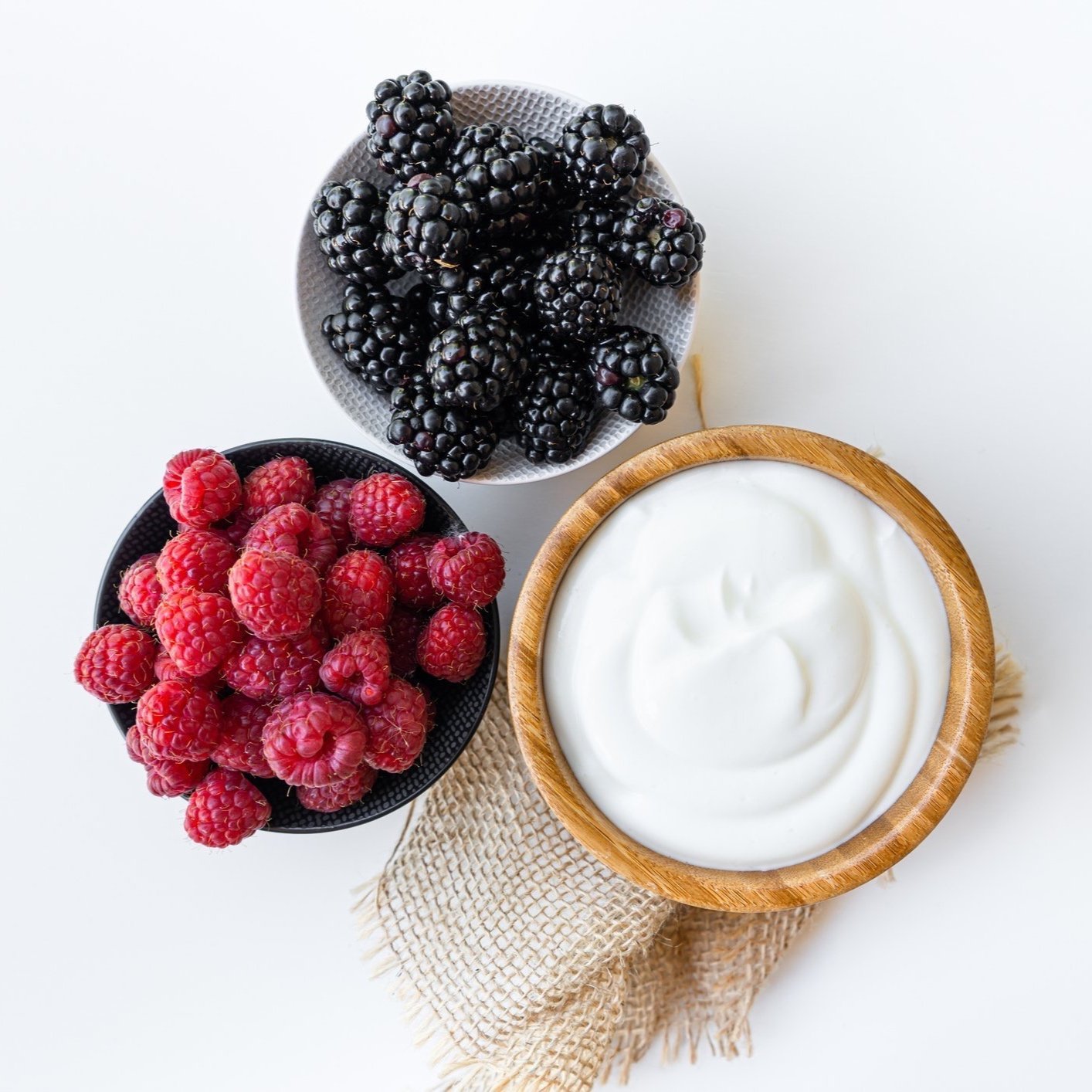The First Batch is a Lie: What to Expect When Activating Yogurt Cultures
May 6 | Written By Sabrina Huizar
You’ve got your milk. You’ve got your culture. You’ve got that giddy new-project energy. You mix, incubate, and wait with the eager anticipation of someone about to meet their first homemade yogurt. And then…
It’s thin.
It smells weird.
It’s got little flakes floating in it.
It barely set—if at all.
And you think: I did everything right. Did I ruin it?
Take a deep breath. This is what we call The First Batch Lie—and it gets everyone.
Why the First Batch Is Usually a Flop (and That’s Okay)
When you’re activating a yogurt culture for the first time, that culture has been dormant. The bacteria inside are sleepy, fragile, and a little shocked to be waking up in your warm milk.
The first batch isn’t about making perfect yogurt. It’s about reviving the culture. Like stretching before a marathon, it’s just the beginning.
Here’s what you might see in a first batch:
A loose, pourable consistency
Off smells (think cheesy or overly sour)
Faint yellow whey separation
Little specks or undissolved flakes from the culture
A texture that’s more pudding skin than pudding
Totally normal. Not a failure. Just fermentation doing its weird little thing.
What to Do With the First Batch
This depends on your comfort level. If it looks and smells off to you, toss it and try again. Some folks don’t eat activation batches at all, just to be safe.
Pro tip: Start with small test batches (half a cup to one cup of milk). It saves milk and reduces pressure to eat yogurt that doesn’t feel right.
The Second and Third Batches: The Real Magic
By the second or third batch, your culture should have shaken off the dust and started to thrive. The yogurt should:
Set more firmly
Smell clean and tangy
Have a smoother texture
Taste better overall
You’re not aiming for perfection yet—just progress. Most cultures don’t hit their true stride until batch four or five.
When to Worry
Here’s what’s not normal—even in a first batch:
Pink or orange streaks
Smells like rotting meat, eggs, or anything truly off-putting
Visible mold
If you see any of those, it’s safest to discard the batch, sterilize your equipment, and start over with a new packet.
Tips to Set Yourself Up for Success
Use fresh milk
Sterilize your jars and utensils—no need to go lab-grade, just hot water or dishwasher-clean
Monitor your temperature
Be patient—don’t judge a culture by its first batch
Final Thoughts
Your yogurt culture is like a new friendship. It takes time to understand each other. The first few encounters might be awkward, but once you get into a rhythm, the relationship becomes one of the most rewarding, nourishing parts of your kitchen life.
So if your first batch was a little weird—congrats. You’re doing it right.
Stay tuned—and stay cultured.
—Sabrina



